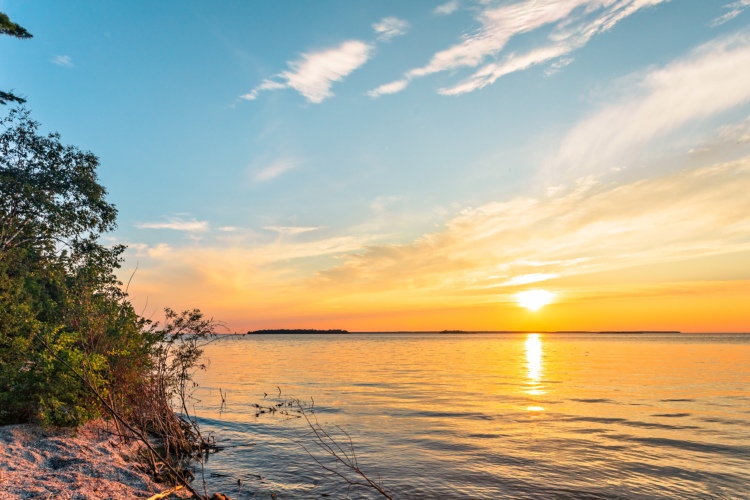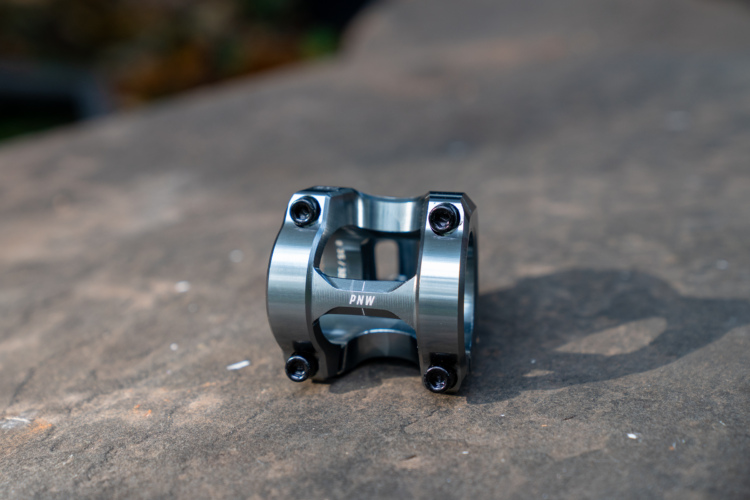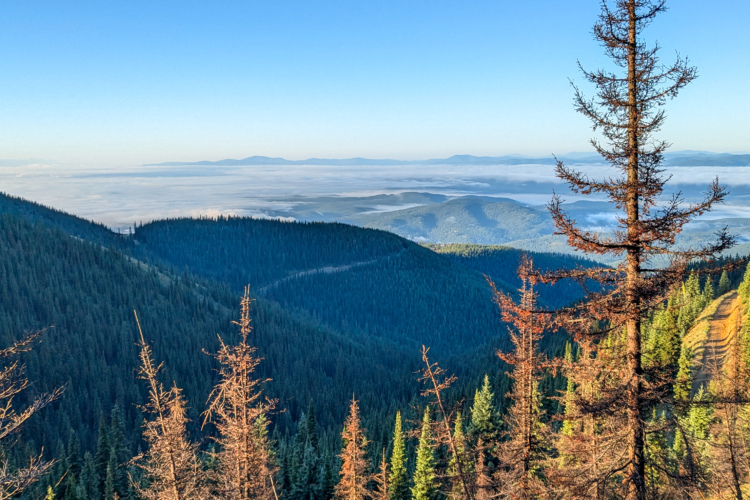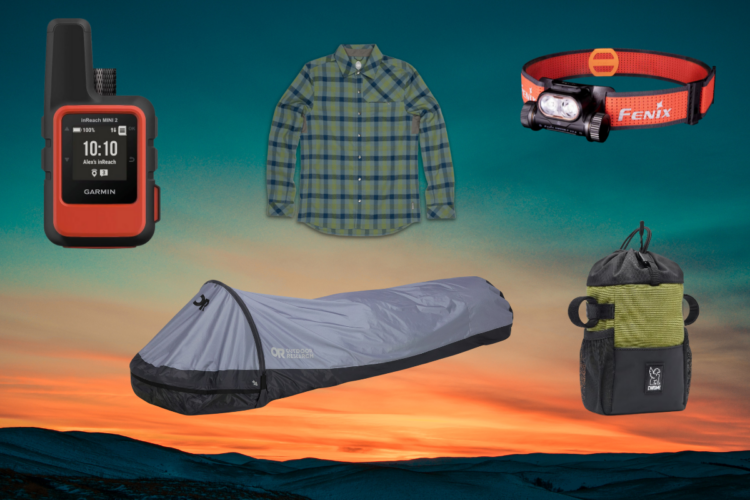Mountain biking at night adds a new dimension to familiar trails, and it’s a great way to extend your riding season!
Before choosing a light for mountain biking, it’s important to consider the types of trails you’ll be riding at night, and the speeds you expect to carry. For example, if the trails you’ll be riding are technical, you’ll want a brighter light with better fill than if you’ll be riding wide dirt paths. And if you want to go fast, you’ll need a light with more brightness than if you expect to slow things down in the dark. Also keep in mind how often you’ll be night riding; if it’s only once or twice a month in the winter, you may not want to sink a ton of money into a light system.
When it comes to mounting bike lights, there are basically two choices: bar mount and helmet mount.
A helmet-mounted light tracks wherever you’re looking. Say, around a switchback or at a rough patch of trail up ahead. The trade-off is that helmet-mounted lights can feel heavy. Remember, with some helmet-mounted lights you’ll need to strap the battery pack to the helmet itself or stash the battery in a jersey pocket, which can harsh your flow on the trail. Lights are typically mounted to a vented helmet using velcro straps, though GoPro style mounts are available as well. Helmet-mounted lights will shine down on the trail more, which is good at eliminating shadows but shortens the distance the light will carry forward.
[see_also id=’230714′]
Bar mounts vary widely, and some are better than others at dealing with tapered bars. I like to look for mounts that use rubber straps or a clamp with plenty of screw length. For lights with separate battery packs, the battery packs can be placed under the stem or in the frame triangle below the top tube. A light at bar height will shine farther down the trail, but will tend to produce more shadows in uneven terrain.
Many small- to medium-sized light kits include hardware for both helmet and bar mounting, so you can see which configuration works best for you. Of course, the best of both worlds is to ride with both a helmet and bar light. But for beginning night riders, a medium-power helmet lamp is a good start.
To compare brightness between light systems, check the number of lumens. The listed lumen count may not be exact, but it’s a good starting point. At a minimum you’ll want about 400 lumens to ride trails at night; it’s enough to see the trail but you’ll need to ride pretty slowly. For most riding situations, including technical trails and reasonably-fast decents, 750-1,000 lumens is usually adequate. Of course, you can buy lights made for racing that are as bright as 6,000 lumens!
[see_also id=’219296′]
Beyond lumen numbers, the actual beam pattern is important to consider. The simplest pattern is a round one, but much of that light is wasted on the edges of the trail. Some lights offer a round beam pattern with a center “hot spot” and a diffused outer halo that’s good at illuminating peripheral vision while highlighting what’s ahead. A well thought out beam pattern on a bar-mounted light system all but makes up for the fact that your light doesn’t follow your eyes like with a helmet-mounted system.
Most lights ship with multiple light modes like high, medium, low, and strobe. Some high end lights even offer customizable light modes, but in our experience there’s no need for more than two or three modes. High mode works best for descending, while low mode is a good choice for conserving battery life on slow climbs. Strobe mode is mostly good for commuting and dusk rides where riders are more concerned about being seen than actually seeing the trail.
The heart of any light system is the battery, so it’s important to pay attention to quality and reliability. Charge times can vary widely (from as little as 2.5 hours to 10+ hours), so be sure to check–there’s nothing worse than forgetting to charge a light the day before a big ride. Be sure to follow the manufacturer’s charging instructions to maximize the life of the battery.
Longer battery life comes with a trade-off: the batteries are heavier and more expensive. Look for run times on high that are at least long enough for your typical ride. (We look for 2 hours minimum).
[see_also id=’9145′]
Because batteries will degrade over time and the technology is constantly changing, we don’t recommend purchasing used bike lights unless you’re able to test and verify actual run time yourself.
Finally, beware of inexpensive mountain bike lights being offered on sites like eBay and Amazon. These lights are often low quality and have been known to pose a serious fire hazard while charging.





















0 Comments